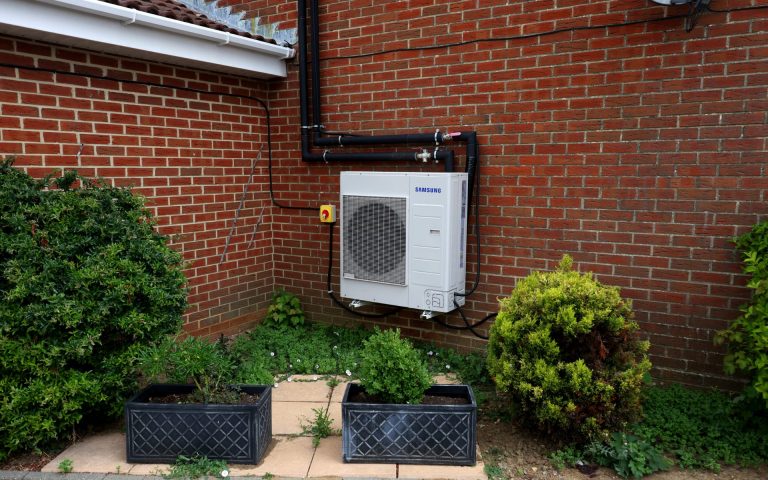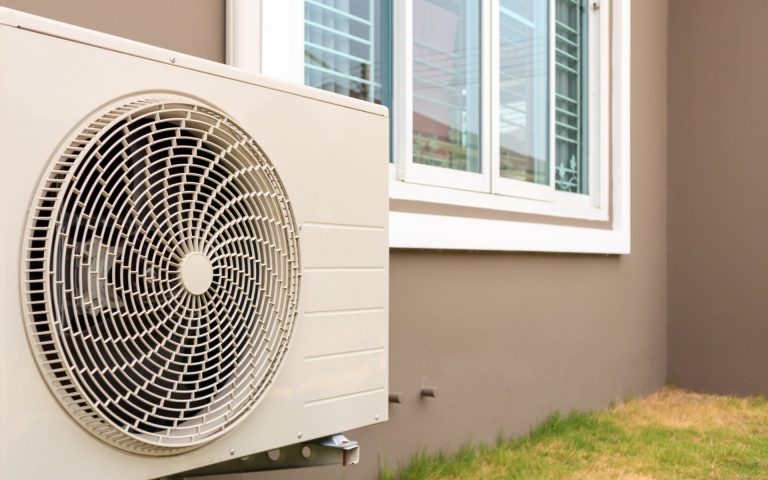If you are adding, replacing or even removing radiators from your property, it’s important to make sure what each room has the right type of heating still!
Of course, a radiator that is too small will not be effective at heating a room and one that is too big, will make it far too hot, stuffy and be expensive to run.
The power of a radiator is measured in BTU’s – BTU calculators can be found online to help work things out! BTU stands for British Thermal units and they are a measurement of heat from a radiator, the higher the BTU, the quicker the radiator will heat the area it is in. This means there are lots of important things to be considered:
- How big is the room the radiator is going to be in?
- How much heat do you lose naturally – draughts from windows, doors, etc
- Is one radiator sufficient?
- What is above or below or even, on the other side of the wall the radiators are to be mounted to?
- What type of radiator is best?
- Where should your radiators go?
We are here to help with a few of these complex queries, armed with the right information – you can make the best decision for yourself and your home.
Firstly, what type of radiators are there?
Electric, plumbed, steel panel, column, and designer are the main categories, each with their own advantages and disadvantages.
An electric radiator is controlled individually and only requires the mains power to work. They are typically plugged in as and when they are required but some may need to be installed by a professional. Typically, whilst they don’t really cost very much to initially purchase, the continued use works out fairly expensive.
A plumbed radiator is connected to the hot water system by way of pipework, these radiators need to be installed by a professional heating engineer. Plumbed radiators are usually powered by the mains water supply. They can be fairly noisy while operating.
A steel panel radiator has corrugated steel panels – thus increasing the mass of the radiator and therefore the heat it gives out is increased, the more panels typically equal more heat. Steel panel radiators are effectively a more efficient version of the traditional, plumbed radiator. They are not very aesthetically pleasing however.
Column radiators are made up of vertical pipes, they are typically only really found within Victorian or period homes, in the same way as steel panel radiators – the more pipes they have the more heat they emit. They are very efficient also but require a lot of space and a fair amount of maintenance – cleaning wise.
Designer radiators are, as the name says – designer. These are manufactured to be aesthetically pleasing and a modern alternative to many other styles – available in multiple different colours, shapes, and sizes and with various functionalities.
The benefits of modern radiators are that you can choose the style to best fit the space availability and your budget.
Once you’ve selected what type of radiator you after, the decision must be made as to where you are going to put it. The positioning also greatly affects the efficiency of the radiator!
Perhaps the first thing to consider is where your existing pipework is and whether or not there is a size difference between the old radiator and the new. If the new radiator is smaller a little extra pipework may be needed to bridge the gap, if it is larger a larger area may need to be cut out or more space freed up in other areas.
Typically a radiator would be positioned beneath a window, this is because the cold air coming through creates better heat conduction. Though this view is considered a little outdated now.
Radiators should always be mounted to a wall in good condition, with no holes or cracks present. That being said, as long as the right fixings are used – any kind of wall can accommodate a radiator, in the case of drywall or stud walls this can get a little tricky though.
We can assist with any enquiries to help you make the right decision on what radiator you should purchase for your home, where you should put it and whether or not it is big enough. Just get in touch today where any member of our friendly team will be more than happy to assist with any queries, quotations, and installations!






